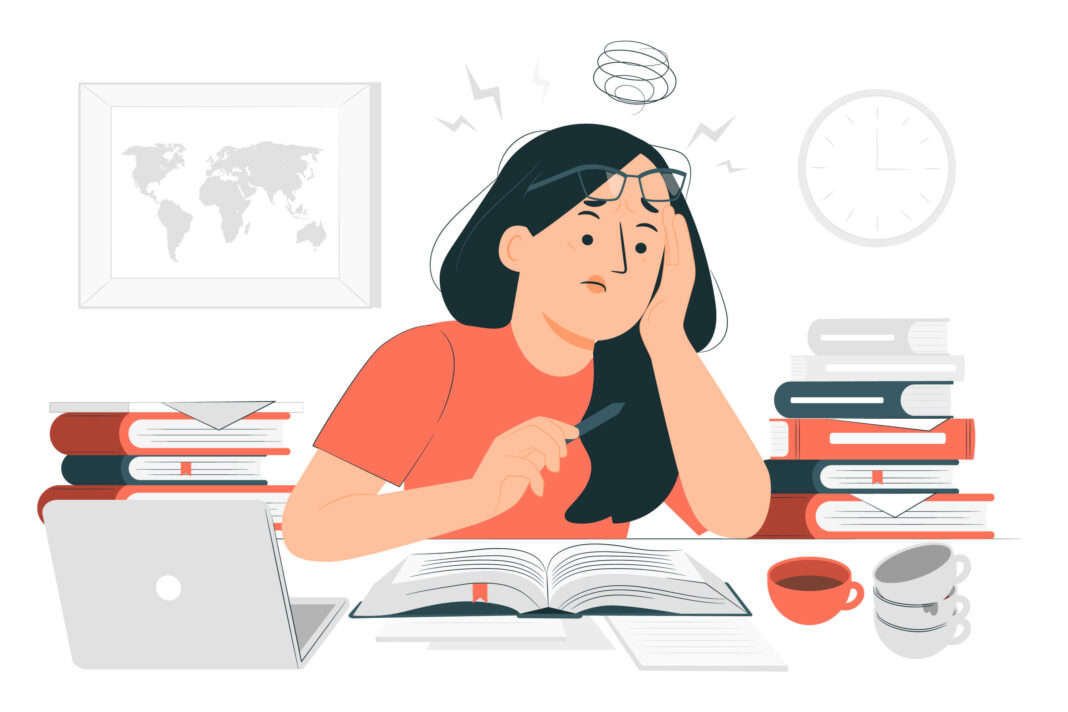Imagine a mind that races like a Formula One car, constantly seeking new stimuli and unable to settle on a single thought. This is the reality for millions of individuals living with ADHD. Attention-deficit/hyperactivity disorder (ADHD) is a common neurodevelopmental disorder which has affected millions of individuals across the world. Inattention, hyperactivity, and impulsivity characterize ADHD, significantly affecting an individual’s life, including academic performance, social interactions, and overall well-being (Dalsgaard, 2012).
Dr. Edward Hallowell, the globally renowned psychiatrist once quipped “It is like having a Ferrari engine for a brain with bicycle brakes. Strengthen the brakes and you have a champion” (Add.org, 2023). This is quite true as some of the greatest achievers across the world in different fields have the disease, like the most decorated American gymnast Simone Biles, the most decorated Olympian of all time Michael Phelps and Harry Potter movie star Emma Watson. Even stars of movies like Magic Mike and Step Up, Channing Tatum and NASA Astronaut Scott Kelly who made four spaceflights, the longest of which was 340 days, have ADHD (Kalyn & Rodgers, 2023).
Thus despite ADHD’s association with learning disabilities, it is found that most people with the problem have quite a higher IQ than the general population. “ADHD is not a damaged or defective nervous system. It is a nervous system that works well using its own set of rules” ( Dodson, 2023).
ADHD Symptoms
According to the World Health Organization (WHO), it estimates that 5% of children and 2.5% of adults globally suffer from ADHD. It affects people belonging to all races, ages and genders (Wirth, 2023). It generally varies in severity and presentation, and we can broadly categorize different types of ADHD into the following three categories:
- Predominantly Inattentive Presentation: Individuals who suffer from this type of ADHD tend to face difficulties with attention, focus and organization. They struggle to follow instructions, complete the tasks and manage time effectively (Dalsgaard, 2012).
- Predominantly hyperactive-impulsive presentation: Individuals who have this type of ADHD exhibit excessive energy, restlessness and impulsivity. They act without thinking, interrupt other people and struggle to sit for an extended period (Healthline.com, 2023).
- Combined presentation: Individuals who suffer from both inattention and hyperactivity-impulsivity, have combined presentation (Tarver et al., 2014).
The symptoms manifest differently among different age groups and for accurate diagnosis it is crucial to understand these variations.
ADHD Among Women
It is often perceived that happens mostly among males, but there is a growing consensus that women experience ADHD differently. The symptoms in women exhibit inattentive symptoms, emotional dysregulation, and internal restlessness, and present with less hyperactivity and impulsivity (Dalsgaard, 2012).
Diagnosis of ADHD:
ADHD diagnosis is done by a qualified mental health professional by doing a comprehensive evaluation of the symptoms. There is no single test for diagnosing ADHD. Doctors have to rely upon comprehensive evaluation which includes a detailed history. Clinical interviews and assessing the severity of ADHD symptoms through standardized rating scales (Healthline.com, 2023).
The WHO has also prepared test for Adults, the Adult Self-Report Scale (ASRS) Screener. That is helpful for determining the signs and symptoms in adult.
Treatment Options:
Effective management and treatment requires a combination of approaches, which are:
- Medications: Mostly prescribed ADHD medications, such as methylphenidate and atomoxetine, improve attention, focus, and impulse control by central nervous system (CNS) stimulants and non-stimulants (Sharma & Couture, 2013).
- Behavioural Therapy: Behavioral therapy techniques, like cognitive-behavioural therapy (CBT), help individuals to develop a coping mechanism, improve their organization skills and better manage their emotions.
- Psychoeducation: Families educate individuals about ADHD to promote understanding, reduce stigma, and encourage self-management strategies.
Living with ADHD
Individuals with the problem face enormous challenges, but they can lead a fulfilling and successful life with proper support and treatment. A few tips which can help better manage are:
- Having a consistent routine and schedule can help individuals with the problem to stay organized and manage their time effectively.
- Different apps and tools can assist in task management, timekeeping, and organizing and give valuable support to individuals with the problem.
- Joining support groups and connecting with others having same problem provides a sense of community and individuals learn from shared experiences.
Conclusion
Attention-deficit/hyperactivity disorder (ADHD) is a complex but manageable condition. It may disrupt people’s lives, however, there are several options available that can help manage the symptoms. An individual might not grow out of ADHD, but through management techniques, can enjoy a full life. Recognizing the symptoms, determining the types and exploring the available treatment are essential steps towards effective management. Whether it is an adult seeking a diagnosis or a parent concerned about their child. Knowledge is the most powerful tool in addressing ADHD.






